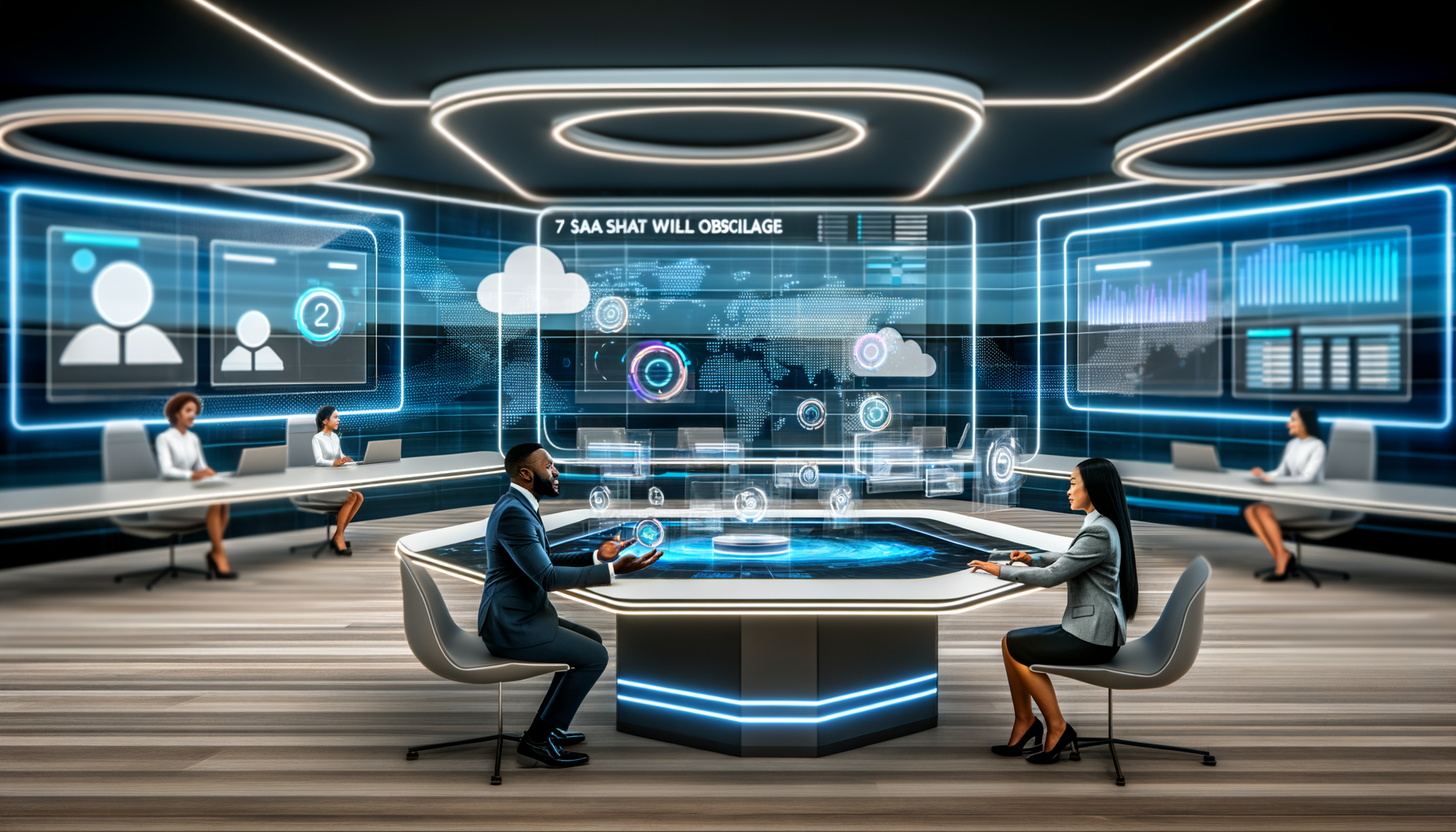
7 SaaS Features That Will Be Obsolete by 2030
Redefining the Future of SaaS: A Glimpse Into 2030
The software landscape is continuously evolving, driven by technological advancements and changing user needs. As an entrepreneur and founder immersed in the SaaS strategy space, I’ve witnessed firsthand how quickly shifts can occur, challenging businesses to adapt swiftly. In this rapidly transforming environment, it’s crucial for us to anticipate which product features might not withstand the test of time.
Today, I’ll be sharing some insights into the potential evolution of SaaS by 2030, focusing on features that are likely to become obsolete. Are we ready to embrace these changes?
1. The Decline of Traditional Dashboards
Our reliance on static dashboards is expected to diminish as artificial intelligence enhances interactive analytics capabilities. By 2030, traditional dashboards will likely be replaced by real-time, AI-driven insights that adapt to user behaviour and provide dynamic data visualization on demand. This shift will enable users to make more informed decisions faster, without the need to sift through outdated or irrelevant data.
2. The End of Manual Data Entry
Manual data input has been a thorn in the side of many SaaS users, leading to errors and inefficiencies. With the advent of AI and machine learning, automated data entry solutions will prevail, streamlining processes and reducing human error. By 2030, I foresee a landscape where automated data handling becomes ubiquitous, freeing up valuable time for businesses to focus on growth and innovation.
3. Uniform User Interfaces Overhauled
Standardized user interfaces may soon be a thing of the past as customization becomes more prevalent. The future of SaaS will likely emphasize personalized UX/UI designs that adapt to individual user preferences and work habits, driven by AI and user analytics. This transformation will not only enhance user satisfaction but also increase platform efficiency and adoption rates.
4. Basic Security Features Become Redundant
With cybersecurity threats constantly evolving, basic security measures will no longer suffice. The future of SaaS demands zero trust architectures and advanced security protocols that preemptively address vulnerabilities. By 2030, traditional login methods and basic encryption will likely be overshadowed by biometric authentication, behavioural analysis, and AI-driven threat detection systems.
5. Simplistic Integrations Phased Out
Today’s simplistic integrations won’t meet the complex demands of future business ecosystems. As platforms become more interconnected, SaaS solutions will require robust, seamless integrations powered by open APIs and advanced middleware technologies. This transition will foster a harmonious digital environment, allowing businesses to unify data and processes in real-time across myriad applications.
6. Static Reporting Replaced by Predictive Analytics
Static reports have served us well but are rapidly losing ground to more advanced analytical tools. Predictive analytics, powered by AI, will dominate by 2030, providing businesses with foresight and strategic insights. This future-forward approach will empower companies to anticipate market trends and customer needs, enhancing their competitive edge.
7. On-Premises Software Fading Away
While already witnessing a decline, on-premises software solutions will further fade as cloud computing continues to advance. By 2030, I expect most SaaS platforms to operate entirely in the cloud, supported by edge computing and 5G technology, providing users with enhanced scalability, reduced costs, and improved accessibility. This shift highlights the need for businesses to strategize cloud transition sooner rather than later.
In conclusion, the future of SaaS is not merely about technological advances; it’s about adapting to the fundamental ways we interact with software. Keeping a forward-thinking approach is crucial for anyone involved in this realm. I encourage you to join me, whether through Foundercrate or other platforms, to explore, innovate, and remain at the forefront of these exhilarating changes. Together, we can embrace the new era of product features that define success in 2030 and beyond.
